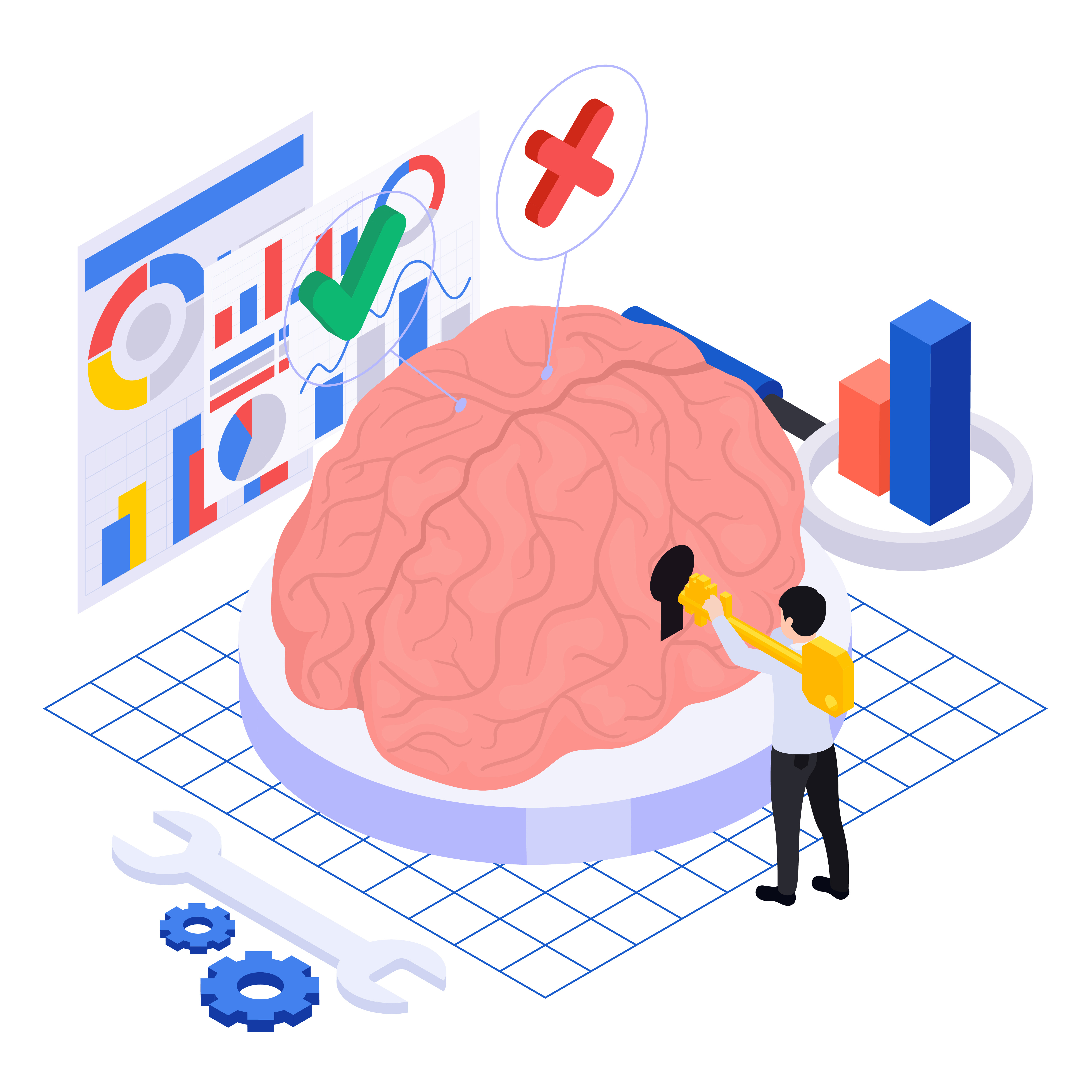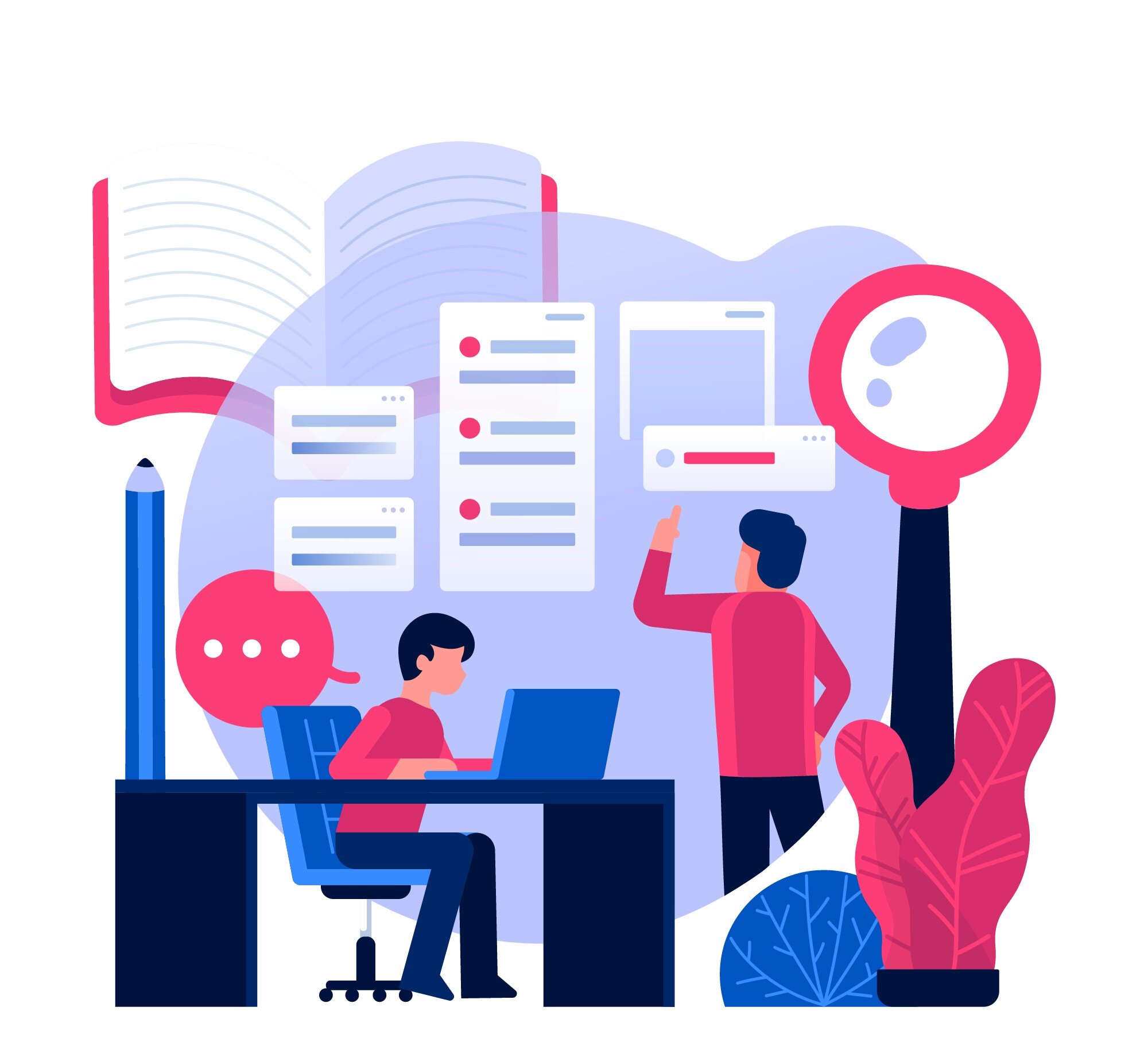As the demand for efficient, impactful learning grows, microlearning stands out as a solution tailored for success. Grounded in cognitive science, this method delivers concise, focused lessons that enhance memory retention and improve learning outcomes. Let’s dive into the science behind microlearning and why it’s transforming modern workplace training.
The Science of Memory & Learning
First, let us understand on how we encode and retrieve information-
Memory, the cornerstone of learning, is a multifaceted cognitive process involving the encoding, storage, and retrieval of information. One of the principal challenges in learning is the brain’s natural tendency to forget.
According to Hermann Ebbinghaus’s research in the 1880s, without revisiting information, people forget nearly 80% of what they learn within a few days. This theory is known as the “forgetting curve”.
This effect is even more pronounced today, as attention spans shrink and information floods in from all directions. In employee training, this natural tendency to forget poses a significant challenge, with rapid knowledge decay making it difficult for employees to retain and apply essential skills effectively.
The Role of Working and Long-Term Memory in Learning
Learning relies heavily on working memory, which can only hold limited information for a short period. Cognitive load theory suggests that the average person can hold about 4-7 pieces of information in their working memory at a time.
After a certain point, memory overload can lead to a failure in retaining knowledge in the long term. Reducing cognitive load is one of the most effective ways to promote lasting learning. This is a key strength of bite-sized learning, which delivers information in small, digestible units.
How Bite-Sized Learning Works
Bite-sized learning, or microlearning, leverages cognitive science principles like spaced repetition, cognitive load reduction, and dopamine-driven engagement to create a learning experience aligned with how our brain naturally processes information.
1. Combating the Forgetting Curve with Spaced Repetition
Spaced repetition is a scientifically proven technique to counteract the forgetting curve, demonstrating that regular reviews of information significantly enhance retention rates. By revisiting material at strategic intervals, learners reinforce their understanding and enhance their ability to commit the information to memory.
Microlearning platforms incorporate this principle by offering short, engaging lessons that can be easily revisited, ensuring that knowledge is retained and applied effectively over time.
2. Enhancing Recall Through Active Learning Techniques
Active recall is a cognitive strategy that strengthens memory retention by actively retrieving learned information, rather than passively reviewing it. This process stimulates stronger neural connections, making it easier to remember and apply information when needed.
Microlearning often incorporates elements like quizzes, flashcards, and assessments that prompt learners to recall information actively. For example, after a short lesson, a quiz or reflection question prompts learners to retrieve key points, reinforcing the material and improving long-term retention.
3. Optimising Cognitive Load for Better Retention
Microlearning aligns effectively with cognitive load theory, which asserts that minimising extraneous cognitive load enhances learning efficiency. By presenting small units of information, bite-sized learning keeps cognitive load within manageable limits, making it easier for learners to focus on essential information.
This approach is why many organisations prefer bite-sized lessons for employee training, as it empowers learners to focus on individual ideas, practise them, and gradually deepen their understanding over time.
4. Reinforcing Learning Through Dopamine-Driven Engagement
Bite-sized learning engages the brain’s reward system to enhance engagement and motivation. Neuroscience research shows that achieving small goals triggers the release of dopamine, a neurotransmitter linked to pleasure and motivation, which creates positive reinforcement.
Platforms which incorporate gamification elements, such as quizzes, progress streaks, and leaderboards, to amplify this effect. By embedding rewards within each short lesson, microlearning captures learners' attention and encourages continued engagement, making it an effective strategy for sustained, long-term learning.
Driving Lasting Results with Science-Backed Training
Bite-sized learning offers an evidence-based, scientifically-backed approach to employee training that addresses the challenges of retention, engagement, and cognitive overload.
By harnessing the power of cognitive science, bite sized learning bridges the gap between learning and real-world application, creating a continuous cycle of skill reinforcement and growth.
To maximise the impact of your training programs with 5mins.ai, click on the button below and get a free trial with us!
.png)



